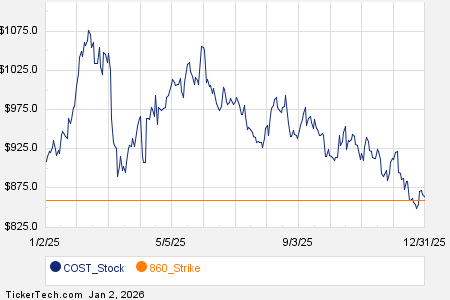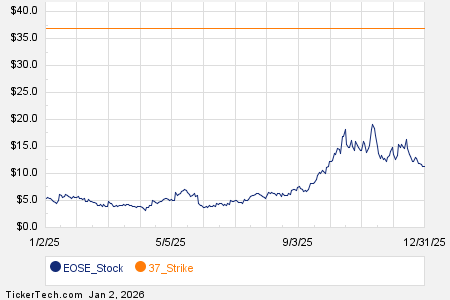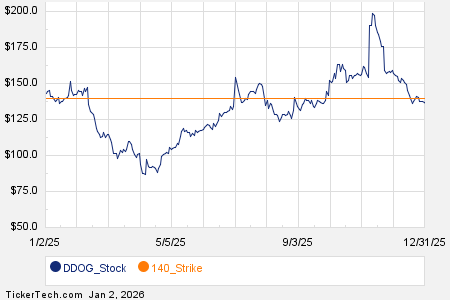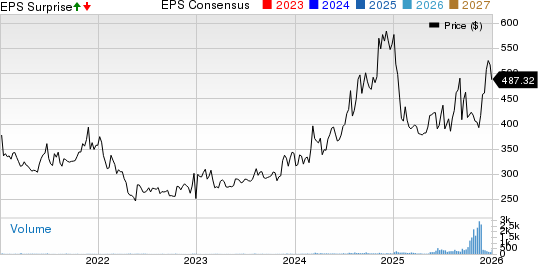Social Security’s 2025 COLA: Understanding the Changes and Challenges Ahead
For most retirees, Social Security is not just another paycheck. It serves as an essential source of income, supporting aging Americans who can no longer financially sustain themselves.
Gallup has been surveying retirees for 23 years to gauge their dependence on Social Security income. Since 2002, between 80% and 90% of respondents, including 88% surveyed in April 2024, indicated that their Social Security payments are crucial for making ends meet.
These poll results explain why the cost-of-living adjustment (COLA) announcement from the Social Security Administration (SSA) is highly anticipated every year.
On October 10, the SSA unveiled the 2025 COLA, presenting a mix of encouraging and disappointing news for recipients next year.

Image source: Getty Images.
Understanding Social Security’s COLA Calculation
The “COLA” stands for cost-of-living adjustment and is the mechanism the SSA uses to adjust Social Security benefits to account for inflation.
For instance, if the cost of a basket of goods and services rises by 3% and benefits do not increase, retirees risk losing purchasing power due to inflation. Essentially, COLA is intended to prevent that decline in buying power.
During the first four decades of Social Security, from its inception in 1935 until 1974, benefit adjustments were irregular. It wasn’t until a decade after the first retired-worker checks were mailed in 1940 that Congress approved the first COLA.
Starting in 1975, the Consumer Price Index for Urban Wage Earners and Clerical Workers (CPI-W) was adopted to measure cost changes and enable annual COLAs.
The SSA calculates COLA using average Q3 CPI-W readings from the current year compared to the previous year’s Q3 data. If the current year’s average exceeds last year’s, checks increase accordingly.
The adjustment amount corresponds to the percentage difference in average Q3 CPI-W readings, rounded to the nearest tenth of a percent.

Increased U.S. money supply during the COVID-19 pandemic resulted in four consecutive years of above-average COLAs. US Inflation Rate data by YCharts.
Impact of the 2025 COLA on Monthly Benefits
Beneficiaries faced challenges in the 2010s, with three years of deflation leading to no COLA (specifically in 2010, 2011, and 2016) and the smallest rise on record at 0.3% in 2017.
Recently, the situation has improved. The COVID-19 pandemic led to a significant surge in U.S. money supply and inflation rates not seen in four decades. This resulted in substantial COLAs of 5.9% in 2022, 8.7% in 2023, and 3.2% in 2024, with the 8.7% adjustment notably being the highest since 1982.
On October 10, after the release of the September inflation report, the SSA revealed that beneficiaries’ monthly checks would increase by 2.5% in 2025.
Although this marks the smallest increase in the last four years, it remains higher than the average 2.3% increase since 2010.
However, understanding the percentage increase is one thing; grasping its real impact is another.
Most Social Security recipients are retired workers. The SSA estimates that by the end of 2024, the average retired worker’s benefit will be about $1,927 per month. With the 2.5% COLA effective for 2025, this amount is expected to rise by $49, bringing the total to $1,976 monthly, which translates to roughly $588 each year.
Individuals with disabilities and survivor beneficiaries will also see a 2.5% increase, with average benefits predicted to rise from $1,542 to $1,580 for disabled workers and from $1,513 to $1,551 for survivors.

Image source: Getty Images.
Challenges Ahead: Rising Costs May Offset the 2025 COLA
Despite the positive news of a fourth consecutive year of above-average COLAs, many retirees may not reap the full benefits of this increase.
The circumstances surrounding this increase are concerning. Even though inflation has recently decreased, costs that significantly impact seniors remain high.
Seniors typically allocate a larger portion of their monthly budgets to housing and medical expenses. According to the September inflation report, shelter costs rose by 4.9%, while medical care services increased by 3.6%, according to the Consumer Price Index for All Urban Consumers (CPI-U), which parallels the CPI-W.
When these essential expenses rise faster than the 2.5% COLA, many retirees risk losing their purchasing power.
Interestingly, a July study by The Senior Citizens League highlighted a 20% decline in the buying power of a Social Security dollar since 2010.
Furthermore, Medicare’s Part B premium is projected to increase by 5.9% to $185 a month in 2025. This premium, which is deducted from the monthly Social Security check for beneficiaries over 65, could double the impact of next year’s COLA, eroding much, if not all, of the anticipated raise.
As the 2.5% cost-of-living adjustment approaches, many beneficiaries are unlikely to fully feel its benefits.
Unlocking Additional Retirement Income: The Overlooked $22,924 Social Security Bonus
Many Americans are behind on their retirement savings. However, discovering little-known “Social Security secrets” can help increase your retirement income. For instance, one simple strategy could yield up to $22,924 more annually. Understanding how to maximize your Social Security benefits could lead to greater financial confidence in retirement. Click here to explore these strategies.
View the “Social Security secrets” »
The Motley Fool has a disclosure policy.
The views and opinions expressed herein are those of the author and do not necessarily reflect those of Nasdaq, Inc.







